What are the types of actuators and how should I choose them?
Actuators can be categorized according to how they are driven:
Electric actuator
Electric actuators utilize a motor as a power source to convert electrical energy into mechanical energy.The valve actuation is realized.
Advantages: adjustable speed, high positioning accuracy, high torque.
The disadvantage: the thermal effect of the motor, which causes conventional electric actuators to go into thermal protection in application scenarios with high regulation frequencies.
Suitable for high-precision, highly controlled working conditions.

Hydraulic actuator
Hydraulic actuators utilize hydraulic fluid as a power source, converting the pressure of hydraulic fluid into mechanical energyThe valve actuation is realized.
The advantage: high load capacity.
Disadvantages: poor control, bulky, need to be equipped with a hydraulic station and transmission lines.
Suitable for high power, high torque and high load conditions.
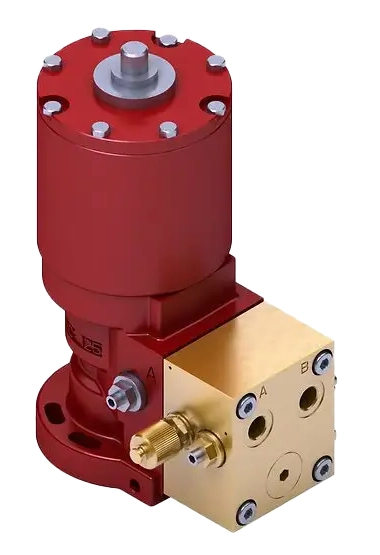
Pneumatic actuator
Pneumatic actuator is the use of compressed air as a power source, the air pressure into mechanical energy, to achieve the valve drive.
Advantages: Simple structure. Does not use electricity or electrical signals and is extremely ideal for flammable and explosive scenarios such as chemical plants.
Disadvantages: low control accuracy, slower response, need to configure the gas station.
Suitable for high frequency, and someFlammable and explosive application scenariosThe

Electro-hydraulic actuator
Electro-hydraulic actuator is a kind of actuator that combines electric actuator and hydraulic actuator, utilizing the motor to drive the hydraulic pump, which converts electric energy into hydraulic energy.The valve actuation is realized.
Advantages: High load capacity with hydraulic actuators,and motorized actuatorsHighly accurate and controllable features.
Disadvantages: complex structure and high cost.
Suitable for large loads and high-precision working conditions.
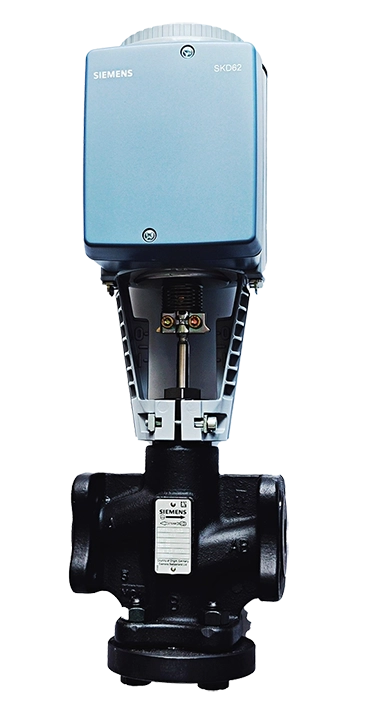






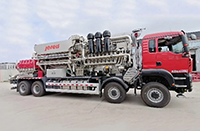
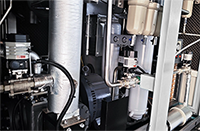

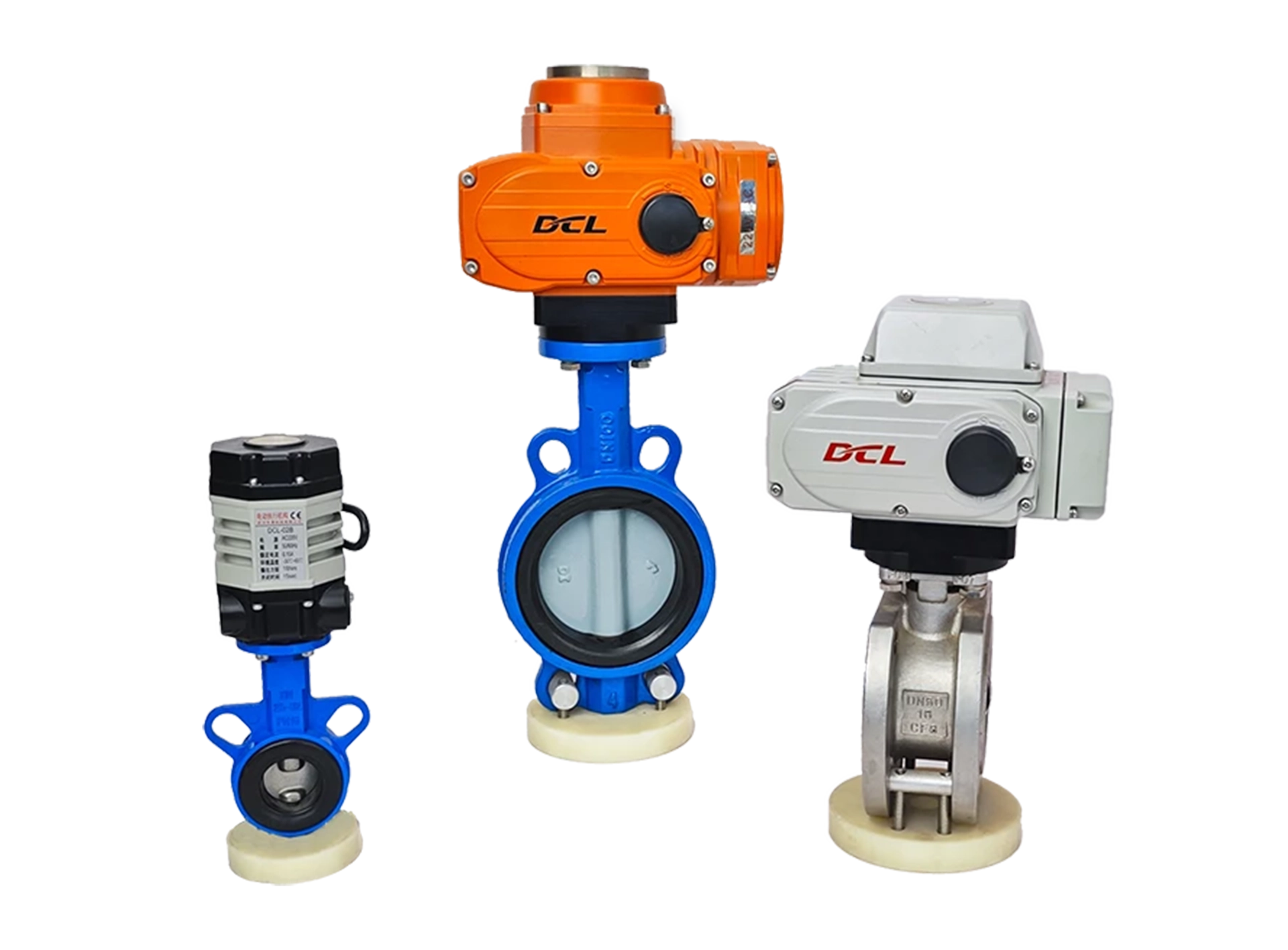
















 Egong.com.cn 42018502006527 No.
Egong.com.cn 42018502006527 No.